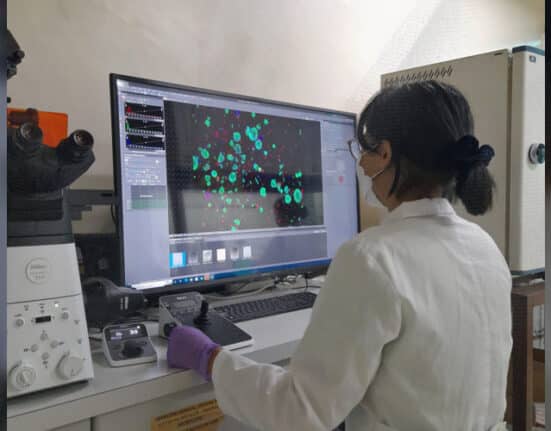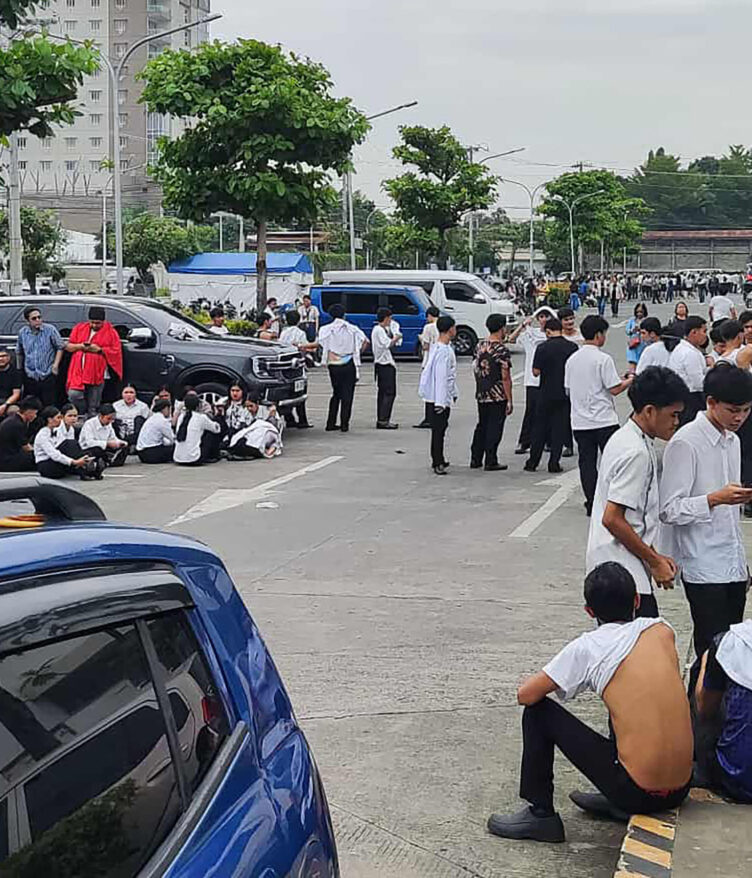BIOLOGISTS from the University of the Philippines Diliman (UPD) have developed a mathematical model that can detect early signs of breast cancer metastasis—specifically lymphovascular invasion (LVI)—even before surgery.
Aggressive breast cancers spread by first invading small blood and lymph vessels around the tumor—a condition called LVI. Detecting LVI early is important because it signals that cancer cells may soon travel to other organs.
But currently, doctors can only detect LVI through examining the tissue removed during the surgery, which delays knowing if the cancer is likely to spread or respond poorly to treatment.
According to the press release by UP Diliman College of Science, the mathematical model could help improve patient treatment.
“If we can detect LVI earlier, doctors could personalize patient treatment and improve their outcomes. This could help avoid ineffective treatments and focus on strategies that work better for aggressive breast cancer,” said Michael Velarde, one of the study’s corresponding authors and a professor at the UP Diliman College of Science – Institute of Biology.
Joining Dr. Velarde as authors of the study are Allen Joy Corachea, Regina Joyce Ferrer, Lance Patrick Ty, and Madeleine Morta from UPD-CS IB, along with researchers from the Philippine Genome Center and UP Manila.
Together, they studied data from 625 breast cancer patients, and found that patients with LVI often respond poorly to common anticancer drugs like doxorubicin and anthracyclines.
They grew organoids in the lab— tumor samples— and confirmed that tumors with LVI were more resistant to the said drugs. This is because certain genes, like UGT1 and CYP, that are more active in patients with LVI help break down the anticancer drugs faster, which reduces their effectiveness.
Using this genetic information, the biologists developed a mathematical regression model that can predict if a patient has LVI with 92 percent accuracy before surgery.
This helps doctors tailor treatments to each patient, avoiding ineffective drugs and focusing on better strategies. It also uses technologies already available in the Philippines.
“Importantly, our approach can be implemented in the Philippines using locally available genomic technologies, making earlier detection and tailored treatment more accessible to Filipino patients,” said Dr. Velarde.
The researchers acknowledged that the model is still in its early stages of development and needs more testing before it can routinely be used in hospitals.
“More validation studies are needed before this can be used in clinics,” Dr. Velarde said.
There is a plan to test it on larger groups of patients and study the gene activity further to find better drug combinations for patients with LVI.
How useful was this post?
Click on a star to rate it!
Average rating 0 / 5. Vote count: 0
No votes so far! Be the first to rate this post.
We are sorry that this post was not useful for you!
Let us improve this post!
Tell us how we can improve this post?








